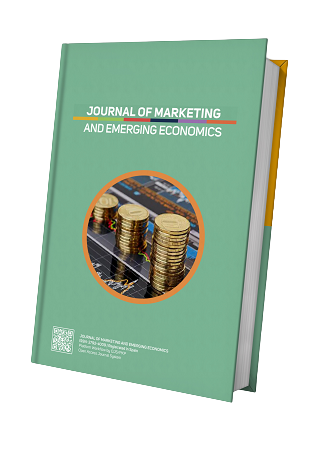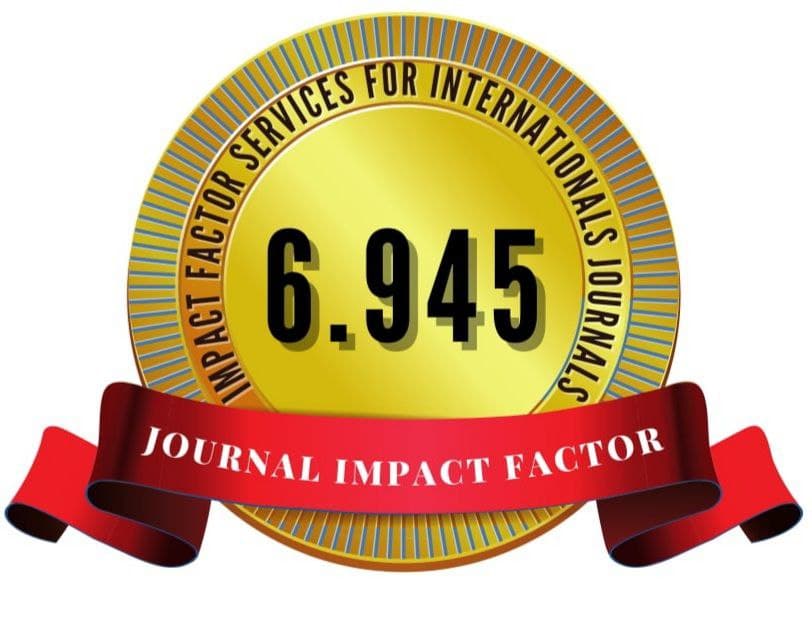The Digital Economy: New Dynamics and Technological Transformations
Keywords:
Digital Economy, Internet, Productivity, General-Purpose Technology, Market Restructuring, InnovationAbstract
The digital economy has significantly reshaped economic dynamics, driven by the digitization of information and the proliferation of the Internet. This paper investigates the transformative impacts of these technological advancements, presenting a comprehensive overview of their effects on productivity, market structures, and new product creation. Despite the surge in productivity in the late 1990s, questions remain regarding the longevity of these trends. This study identifies a knowledge gap in understanding the persistent and cyclical indicators of the digital economy's impact. Employing a theoretical framework, the paper reviews historical examples of general-purpose technologies (GPTs) such as the steam engine and electric motor, drawing parallels to the Internet and digitization. Methodologically, the study integrates empirical data from various industries, illustrating how digitization enhances productivity, restructures economic activities, and facilitates new market efficiencies. The findings reveal that while immediate productivity gains are measurable, the long-term implications of increased connectivity and innovation are profound yet challenging to quantify. Notably, digitization fosters new combinations of products and services, reshaping traditional industries like banking, airlines, and manufacturing. The results underscore the digital economy's role in fostering dynamic economic growth through enhanced connectivity and innovative potential. The implications suggest that future research should focus on the broader, systemic impacts of digitization, beyond mere productivity metrics, to fully capture its economic significance.
References
Abdumalikovna, N. D. (2024, June). Unveiling the Mechanisms of Sustainable Economic Development in a Market Economy. In International Conference of Economics, Finance and Accounting Studies (Vol. 6, pp. 66-70).
B. Carlsson and R. Stankiewicz, "On the nature, function, and composition of technological systems," Journal of Evolutionary Economics, vol. 1, no. 2, pp. 93-118, 1991.
B. Carlsson, "The development and use of machine tools in historical perspective," Journal of Economic Behavior and Organization, vol. 5, pp. 91-114, 1984.
B. Carlsson, Ed., New Technological Systems in the Bio Industries—An International Study. Boston, Dordrecht, London: Kluwer Academic Publishers, 2002.
B. Carlsson, Ed., Technological Systems and Economic Performance: The Case of Factory Automation. Boston, Dordrecht, London: Kluwer Academic Publishers, 1995.
B. Carlsson, Ed., Technological Systems and Industrial Dynamics. Boston, Dordrecht, London: Kluwer Academic Publishers, 1997.
Begmuxammad, D. (2023). MAIN FACTORS OF PRODUCTION, METHODS OF ATTACHMENT AND ECONOMIC GROWTH. Pedagogy, 2(2), 20-23.
Chandler, Scale and Scope: The Dynamics of Industrial Capitalism. Cambridge, MA: Harvard University Press, 1990.
D. H. Autor, L. Frank, and J. M. Richard, "Upstairs, downstairs: computer-skill complementarity and computer-labor substitution on two floors of a large bank," National Bureau of Economic Research (NBER), Working Paper No. 7890, Sep. 2000.
Datamonitor, "Web-based self-service in banking: taking the pain out of customer service," [Online]. Available: http://www.datamonitor.com, Aug. 2001.
E. Caroli and J. Van Reenen, "Skill-biased organizational change? Evidence from a panel of British and French establishments," Quarterly Journal of Economics, vol. 116, no. 4, pp. 1449-1492, 2001.
E. Caroli, N. Greenan, and D. Guellec, "Organizational change and skill accumulation," Industrial and Corporate Change, vol. 10, no. 2, pp. 481-506, 2001.
J. Kaur, R. K. Garg, and P. Kumar, "Predicting the Future of IoT: A Survey of Emerging Technologies," IEEE Communications Surveys & Tutorials, vol. 22, no. 3, pp. 1644-1671, Thirdquarter 2020. DOI: 10.1109/COMST.2020.2993720.
J. Zhao, J. Chen, H. Wang, and L. Xie, "Blockchain-based secure digital identity management in edge computing," IEEE Internet of Things Journal, vol. 8, no. 2, pp. 1452-1463, Jan. 2021. DOI: 10.1109/JIOT.2020.3014535.
Jamankulova, E. F., Ismailova, Z. A., & Nizomov, M. Q. (2021). The Notion Of Information And Its Significance In The State Economy. Economy and Society , (8 (87)), 26-29.
L. D. Xu, W. He, and S. Li, "Internet of Things in Industries: A Survey," IEEE Transactions on Industrial Informatics, vol. 10, no. 4, pp. 2233-2243, Nov. 2020. DOI: 10.1109/TII.2020.3000954.
M. N. Baily and R. Z. Lawrence, "Do we have a new e-conomy?," American Economic Review, vol. 91, no. 2, pp. 308-312, 2001.
M. R. Alam, S. Chowdhury, and H. Reaz, "A review of smart homes—Past, present, and future," IEEE Access, vol. 7, pp. 53297-53320, Apr. 2019. DOI: 10.1109/ACCESS.2019.2912447.
Marjona, T., & Diyora, N. (2024). Implementing Sustainable Tourism Practices in Uzbekistan's Ecotourism Sites: A Study by Local Ecotourism Providers. International Journal of Sharia Economics and Financial Literacy , 1 (2), 73-79.
P. Cooke, "New economy innovation systems: biotechnology in Europe and the USA," Industry and Innovation, vol. 8, no. 3, pp. 267-289, 2001.
P. Kumar and K. P. Singh, "IoT-enabled smart agriculture: A comprehensive review," Wireless Personal Communications, vol. 111, no. 2, pp. 949-981, Nov. 2020. DOI: 10.1007/s11277-019-06877-1.
S. S. Seyedroudbari and K. K. Yen, "Energy-efficient fault-tolerant routing in IoT networks," IEEE Internet of Things Journal, vol. 7, no. 5, pp. 4315-4328, May 2020. DOI: 10.1109/JIOT.2020.2973962.
Singh, B. Subramaniam, S. K. Sinha, and K. Kumar, "Machine learning-based framework for crop yield prediction," Computers and Electronics in Agriculture, vol. 172, pp. 105295, Mar. 2020. DOI: 10.1016/j.compag.2020.105295.
T. F. Bresnahan, E. Brynjolfsson, and L. M. Hitt, "Information technology, workplace organization, and the demand for skilled labor: firm-level evidence," Quarterly Journal of Economics, vol. 117, no. 1, pp. 339-376, 2002.
W. Chen, M. Xu, X. Cao, and Q. Liu, "Blockchain-based Privacy Preservation for 5G-enabled Drone Communications," IEEE Network, vol. 34, no. 3, pp. 74-79, May/Jun. 2020. DOI: 10.1109/MNET.001.1900486.
X. Wang, Y. Li, R. Xu, and J. Zhang, "A survey on security and privacy issues in the Internet of Things," IEEE Internet of Things Journal, vol. 6, no. 5, pp. 8242-8254, Oct. 2019. DOI: 10.1109/JIOT.2019.2929680.
Y. Lu, L. Papageorgiou, and L. S. Seiford, "Robust optimization for mixed-integer nonlinear programs and its application to process network design," Computers & Chemical Engineering, vol. 133, pp. 106611, Jan. 2020. DOI: 10.1016/j.compchemeng.2019.106611.






